1
An Amazing Climate
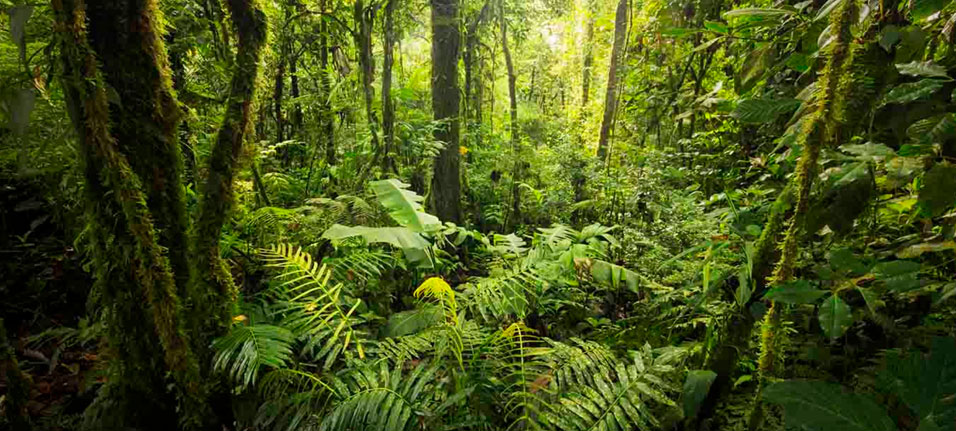
Costa Rica itself has an average temperature of 70 F to 81 F. Due to its proximity to the equator, it has no real summer or winter. It does however have a rainy season from May to November.
2
It’s a ‘Blue Zone’
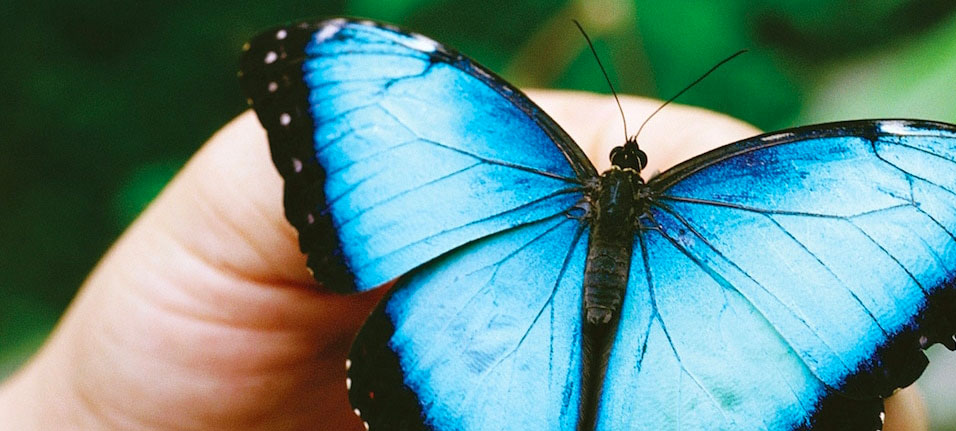
Longevity, Happiness, and The Blue Zone of Costa Rica. A “Blue Zone” is a region of the world where people commonly live past the age of 100 years.
3
Affordable Healthcare

Healthcare is top-of-the-line and inexpensive, which has brought a new kind of tourism to the country: medical tourism. Hospitals in the capital of San Jose offer world-class care. Procedures including dental work, surgeries, and more are available at a fraction of the cost of the U.S. and are extremely high quality.
4
Low Crime

The best time to visit Costa Rica is from mid-December to April (the dry season). This peak tourist season boasts plenty of sunshine making it an ideal time for exploring rainforests and lounging on beaches. That said, the dry season is the most popular (and expensive) time to visit.
5
Breathtaking Scenery

Costa Rica is covered in natural wonders. Epic volcanoes with spewing lava that create natural hot springs you can soak in, and tall mountains you can climb to see the Atlantic and Pacific coasts. Hundreds of miles of shoreline varying from black to pink to gold to white. It has dolphins and whales for you to watch on and off shore. The sea varies from enormous waves for exciting surfing to calm and still for snorkeling and diving.
6
U.S. Retirement/S.S. Carry Over

For most retirees, the cost of living in Costa Rica is much lower than it is in the United States. If you are a single, budget-conscious retiree, you can live very comfortably in Costa Rica for about$1,300 to $1,600 per month. A couple can cut per-person costs even further by sharing housing expenses.
7
Stable Government
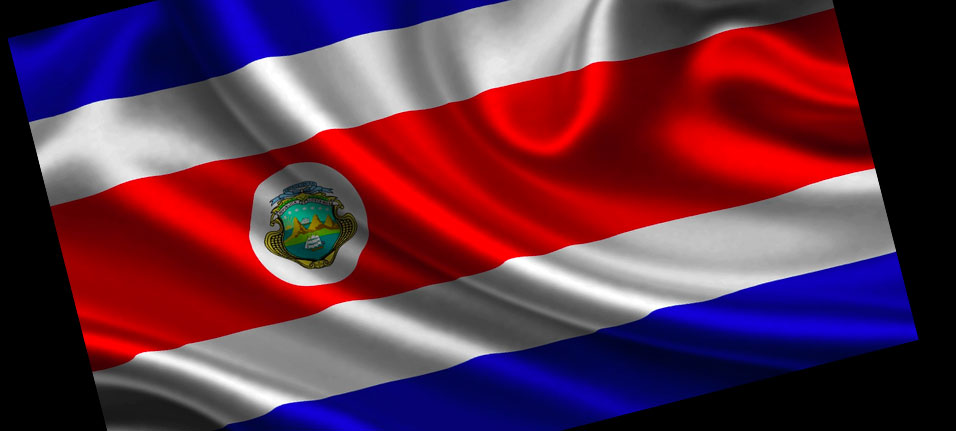
Costa Rica’s government is very stable. In fact, Costa Rica is considered the moststable country in Central America and even in all of Latin America. Costa Rica is a constitutional democratic republic and abolished its army in 1949, allocating the national defense budget to education and health care.
8
Pura Vida Lifestyle
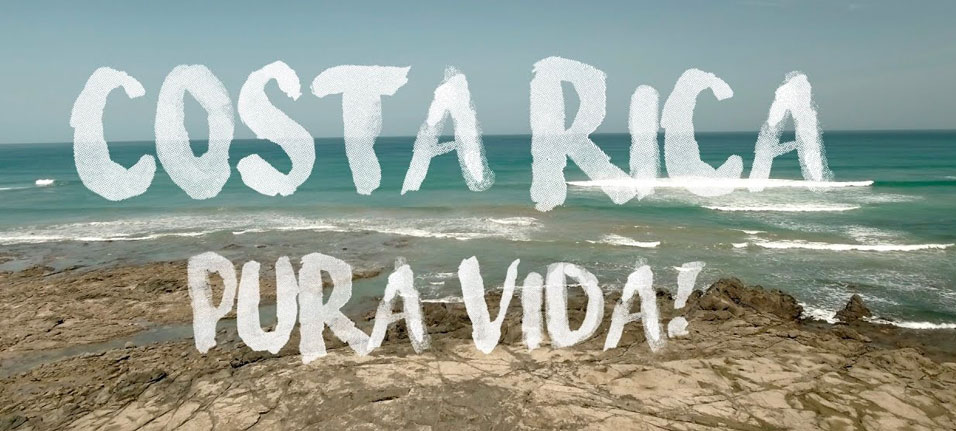
¡Pura Vida! Costa Rica Lifestyle. … Simply translated, it means “simple life” or “pure life”, but here in Costa Rica, it is more than just a saying—it is a way of life. Costa Ricans (Ticos) use this term to say hello, to say goodbye, to say everything’s great, to say everything’s cool.
9
Outdoor Adventure
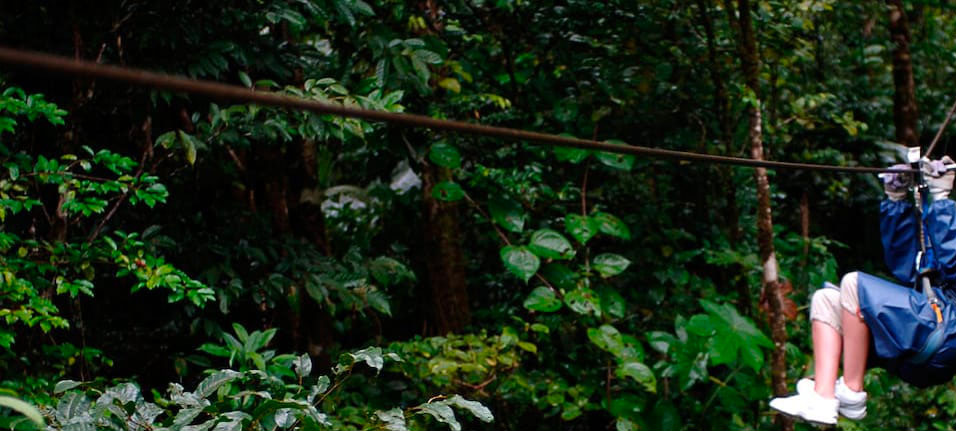
10
Generous Local Culture

About Samara
The town of Samara Beach itself is tranquil and easy-going – pura vida, as the Ticos say – but is has everything a visitor could want: a well stocked supermarket, regular vegetable and fish marts, pharmacies, a dizzying variety of restaurants, convenience stores, bars, hotels, real estate and two banks with ATMs. For those things Samara Beach cannot provide, the larger center of Nicoya is a half-hour drive away and boasts a modern hospital, supermarkets and the specialized stores village life cannot offer.
The crescent-shaped strip of pale-grey sand at Sámara is one of the most beloved beaches in Costa Rica – it’s safe, tranquil, reasonably developed and easily accessible by public transportation. Not surprisingly, it’s popular with vacationing Tico families, backpackers, wealthy tourists, snorkelers and surfers alike (even President Oscar Arias has a vacation house near here).
In recent years the village has undergone a bit of a transformation. Sámara is becoming increasingly more sophisticated, and Tico and ex-pat residents are giving face-lifts to tired-looking shops, restaurants and storefronts. Although the village is trying to hang on to the authenticity of its relaxed vibe, Sámara is without a doubt the most upscale destination on the central peninsula.
(from Lonely Planet, Costa Rica)

Socials-ignited